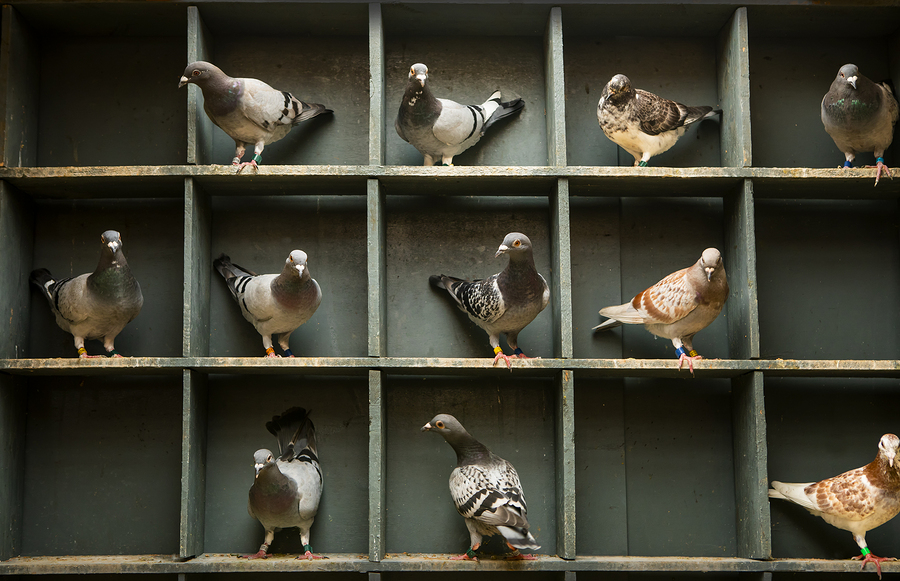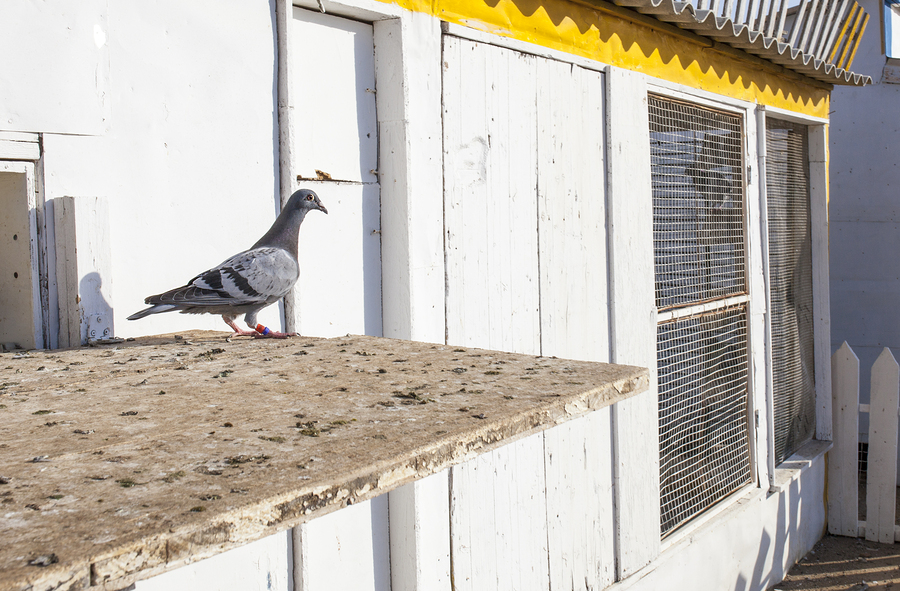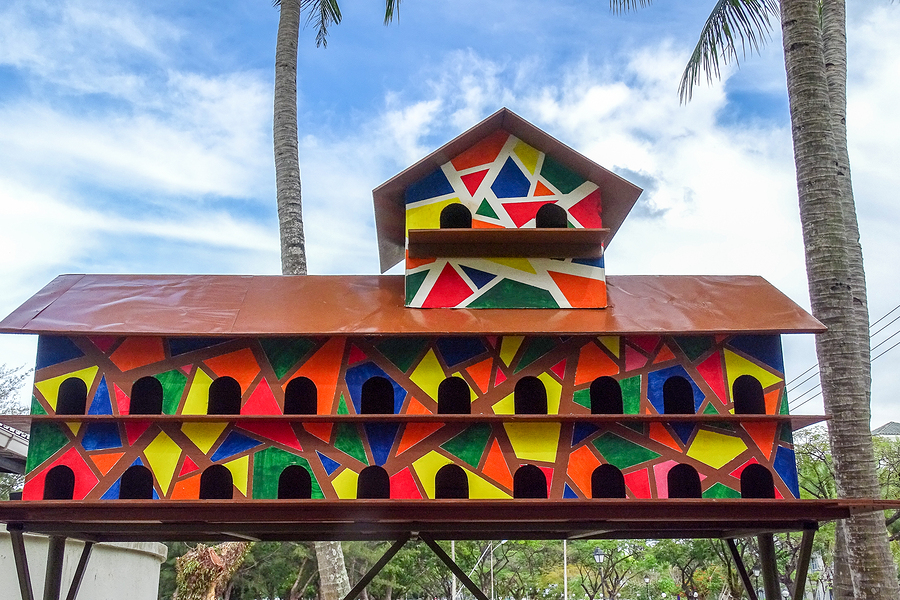Tips

There has been a lot of information published on various designs for Racing Pigeon Lofts.
There are certain basic factors that exist in all well designed lofts
1 Room – Sufficient cubic air capacity for the number of birds housed
2 Ventilation – Pigeons need plenty of fresh air preferable one air change per hour
3 Dryness – A good loft is kept completely free of rain or snow penetration in addition drinking water or bath spillage must be eradicated or minimised
4 Secure – A loft must be secure from predators whether, mice rats, hawks or even humans
If all the above conditions are met one will have a good loft in which pigeons will thrive and feel secure.
There are a number of considerations that can be taken into account to improve a good loft to make a great loft. These considerations include
2.1 Make the floor off the ground, have a rodent proof air space under the floor to keep the floor dry and fresh.
2.2 Have a natural ventilation system letting fresh air low down on the side furthest from the pigeons (normally the front) and exiting high on the side opposite of through the roof space. Warm air is lest dense and will naturally rise and exit through vents placed higher in the loft. An additional way of using natural ventilation is to allow air to enter the loft from the direction that the wind is coming from and then exiting loft on the opposite loft where the air pressure will be slightly lower.
2.3 Have a aviary that allows the pigeons to have plenty of fresh air, if part of the aviary is covered with a translucent roof and part is open to the elements the pigeons can chose to shelter or be exposed to the elements. Many pigeons enjoy the rain and all enjoy sunbathing both of which have health benefits and reduce stress.
2.4 Have controlled ventilation and humidity – this can be regarded as reaching the professional/luxury levels but in some countries might be regarded as a necessity if you want to keep your pigeons in form and free of disease.
2.5 Fit temperature controlled heaters – this can help clear any damp spots in the loft and to keep Widowhood Cocks at the top of their form, keeping their section at a constant temperature will help to maintain their form over a longer period.
2.6 Fit Radiant Heaters for pigeons to sun bathe and dry after a bath. Many top continental fanciers regard this ‘luxury’ as essential to relaxing their racers and maintaining good feather quality some even going as far as allowing water bathing and sun bathing on the morning of basketing.
Notes: The above is a short article covering a complex subject, We would be pleased to receive your comments and/or offer any advice

I would comment that:
I personally have a preference for block/brick built construction as I feel they keep a more content temperature and I do not have paint the exterior every year. I do have a board flooring as this keeps a constant temperature and has less cold or damp spots then concrete.
I did try a floor a metre off the ground with ventilation pipes under the floor, exiting into the centre of the loft, but this proved too complex for cleaning etc so I have abandoned this idea for low wall vents in the front of the loft.
I like a pitched roof with a false wire netting ceiling as this gives more air space for the pigeons. I also have large roof overhangs (1m) as this keeps the elements off the walls (loft is dryer) and also the overhangs collect air and change the air in the roof space which naturally changes the air in the loft.
The roof material of choice would be tiles to reduce temperature gradients and let in a little more air.
I like a corridor so I can access the each section without disturbing the rest of my pigeons.
I also like keeping the water – drinking and bathing in the aviary so that my loft never has water on the floors.
I think a loft facing south would be a preference but i want my birds to land into the prevailing wind as that technically should be the fastest way for them to land. I woudl always ensure my pigeons can go into an aviary and access the sun, whichever way the loft faces.
I have not fitted humidity or temperature controls as my budget has not stretched that far. I have however fitted some fans and background heaters as I am a bit paranoid about damp and potential diseases.
I have an odd take on ventilation in that I generally rely on natural air flow created by low intakes, high exhaust and large roof overhangs. I however in the future will reverse the flow in evening for my widowhood cocks and blow the warm air from the roof space down through the loft and out through the low placed vents. My thinking is trying to keep the cocks at a constant temperature and in the evening when the temperature drops I will take the warm air in the roof space and blow it through the loft for say half and hour then switch off all the fans and leave the birds in peace.


Leave a Reply
You must be logged in to post a comment.